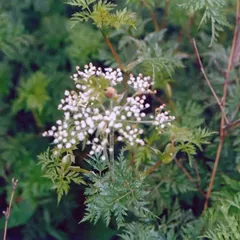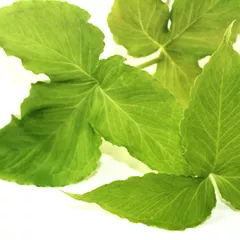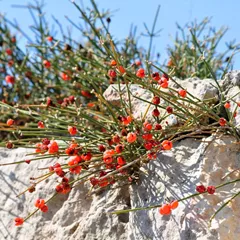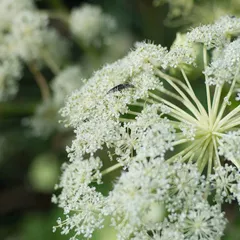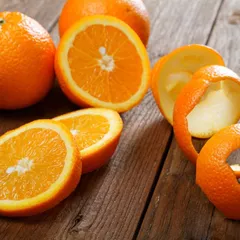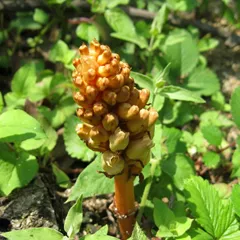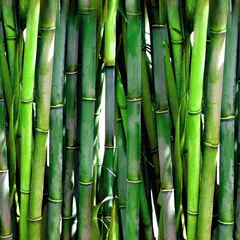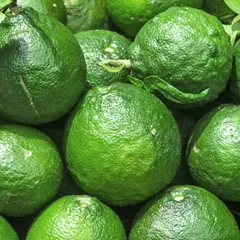Su Zi Jiang Qi Tang
Su Zi Jiang Qi Tang
Chinese: 苏子降气汤
Pinyin: Sū Zi Jiàng Qì Tāng
Other names: Perilla-Seed Subduing Qi Decoction, Perilla Fruit Decoction for Directing Qi Downward
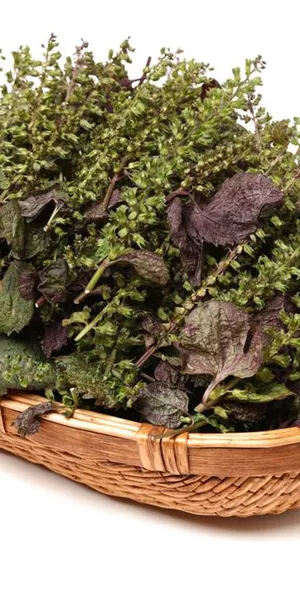

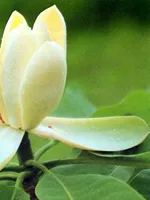
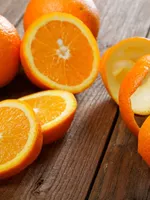




Su Zi Jiang Qi Tang
Su Zi Jiang Qi Tang
Chinese: 苏子降气汤
Pinyin: Sū Zi Jiàng Qì Tāng
Other names: Perilla-Seed Subduing Qi Decoction, Perilla Fruit Decoction for Directing Qi Downward
Number of ingredients: 8 herbs
Formula category: Formulas for a rebellious Qi
Conditions for which it may be prescribed: EmphysemaBronchial asthmaMorning sickness and one other condition
- Directs rebellious Qi downward
- Arrests wheezing
- Stops coughing
- Warms and transforms Phlegm-Cold
Contraindications: This formula is inappropriate for treating Lung and Kidney deficiency in the... This formula is inappropriate for treating Lung and Kidney deficiency in the absence of an externally-contracted pathogenic influence and in cases of wheezing and a productive cough due to heat in the Lungs. see more
Source date: 650 AD
Source book: Important Formulas Worth a Thousand Gold Pieces
The information provided here is not a replacement for a doctor. You shouldn't use it for the purpose of self-diagnosing or self-medicating but rather so you can have a more informed discussion with a professional TCM practitioner.
Su Zi Jiang Qi Tang is a 8-ingredient Chinese Medicine formula with Perilla Seeds (Zi Su Zi) as a principal ingredient.
Invented in 650 AD, it belongs to the category of formulas for a rebellious Qi. Its main actions are: 1) directs rebellious Qi downward and 2) arrests wheezing.
In Chinese Medicine health conditions are thought to arise due to "disharmonies" in the body as a system. These disharmonies are called "patterns" and the very purpose of herbal formulas is to fight them in order to restore the body's harmony.
In this case Su Zi Jiang Qi Tang is used by TCM practitioners to fight patterns like Rebellious Qi, Kidneys failing to receive Qi or Rebellious Lung Qi. From a Western Medicine standpoint, such patterns can give rise to a range of conditions such as chronic bronchitis, emphysema or bronchial asthma for instance.
On this page, after a detailed description of each of the eight ingredients in Su Zi Jiang Qi Tang, we review the patterns and conditions that Su Zi Jiang Qi Tang helps treat.
The eight ingredients in Su Zi Jiang Qi Tang
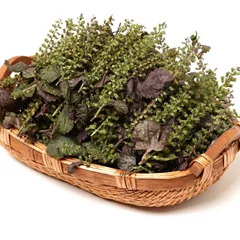
Zi Su Zi is a king ingredient in Su Zi Jiang Qi Tang. Like the name indicates, it means it has more power than other ingredients in the formula.
1. Perilla Seeds (Zi Su Zi)
Zi Su Zi is a primary herb for controlling Rebellious Qi of the Lungs. It directs it downward, expels phlegm, stops the coughing, and arrests the wheezing.
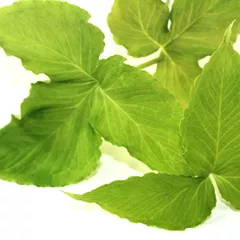
Ban Xia is a deputy ingredient in Su Zi Jiang Qi Tang. This means it helps the king ingredient(s) treat the main pattern or it serves to treat a coexisting pattern.
2. Crow-Dipper Rhizomes (Ban Xia)
Part used: Dried rhizome and tuber
Nature: Warm
Taste(s): Pungent
In general Ban Xia's main actions are as follows: "Drains Dampness and reduces Phlegm. Reverses the flow of Rebellious Qi. Reduces hardenings and relieves distention."
In the context of Su Zi Jiang Qi Tang, it is used because it helps the key herb in directing Qi downward and transforming Phlegm.
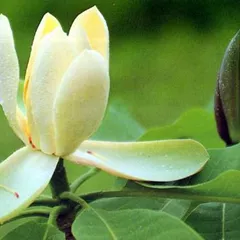
Hou Pu is a deputy ingredient in Su Zi Jiang Qi Tang. This means it helps the king ingredient(s) treat the main pattern or it serves to treat a coexisting pattern.
3. Houpu Magnolia Bark (Hou Pu)
Part used: Dried stem bark, root bark or branch bark
Nature: Warm
Meridian affinity: LungSpleenStomach
Category: Aromatic herbs that transform Dampness
In general Hou Pu's main actions are as follows: "Moves Rebellious Qi downward, dries Dampness and relieves Food Stagnation. Transforms Phlegm and redirects Rebellious Qi of the Lung."
In the context of Su Zi Jiang Qi Tang, it is used because it helps the key herb in directing Qi downward and transforming Phlegm.
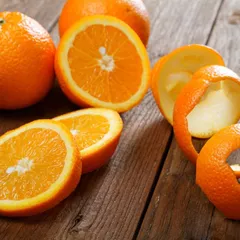
Chen Pi is an assistant ingredient in Su Zi Jiang Qi Tang. This means that it either serves to reinforces the effect of other ingredients or it moderates their toxicity.
4. Tangerine Peel (Chen Pi)
In general Chen Pi's main actions are as follows: "Warms the Spleen and regulates the Middle Burner Qi. Dries Dampness and disperses Phlegm from the Lungs and Middle Burner. Reduces the potential for Stagnation caused by tonifying herbs."
In the context of Su Zi Jiang Qi Tang, it is used because it transforms Phlegm and regulates Qi.
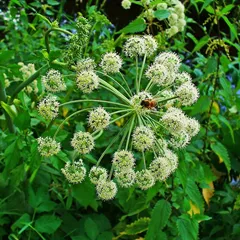
Dang Gui is an assistant ingredient in Su Zi Jiang Qi Tang. This means that it either serves to reinforces the effect of other ingredients or it moderates their toxicity.
5. Dong Quai (Dang Gui)
Part used: Dried root
Nature: Warm
Meridian affinity: HeartLiverSpleen
Category: Tonic herbs for Blood Deficiency
Dang Gui treats the cough from Rebellious Qi and harmonize Qi and Blood when the latter has been devitalized by a chronic disorder. Lastly it prevents injury to the Yin and Qi from the acrid, dry properties of many of the other herbs in the formula.
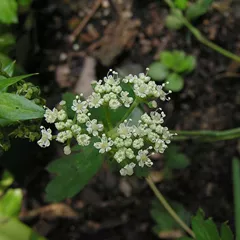
Qian Hu is an assistant ingredient in Su Zi Jiang Qi Tang. This means that it either serves to reinforces the effect of other ingredients or it moderates their toxicity.
6. Hogfennel Roots (Qian Hu)
Part used: Dried root and rhizome
Nature: Cool
Qian Hu directs Qi downward and expels Phlegm. Although it is cool in nature, when combined with the warm herbs in this formula only its Phlegm-transforming and Qi-directing properties stand out.
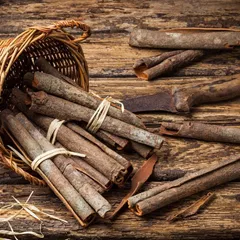
Rou Gui is an assistant ingredient in Su Zi Jiang Qi Tang. This means that it either serves to reinforces the effect of other ingredients or it moderates their toxicity.
7. Cinnamon Bark (Rou Gui)
Rou Gui warms the Fire at the Gate of Vitality and directs the floating Yang back to its source, thereby facilitating the Kidneys' ability to grasp the Qi.
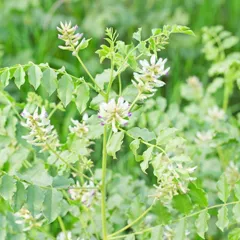
Gan Cao is an envoy ingredient in Su Zi Jiang Qi Tang. This means that it directs the formula towards certain area of the body and/or harmonizes the actions of other ingredients.
8. Liquorice (Gan Cao)
Part used: Dried root and rhizome
Nature: Neutral
Taste(s): Sweet
Meridian affinity: HeartLungSpleenStomach
Category: Tonic herbs for Qi Deficiency
Gan Cao harmonizes the Middle Burner (which helps resolve the Phlegm) as well as the actions of the other ingredients.
Conditions and patterns for which Su Zi Jiang Qi Tang may be prescribed
It's important to remember that herbal formulas are meant to treat patterns, not "diseases" as understood in Western Medicine. According to Chinese Medicine patterns, which are disruptions to the body as a system, are the underlying root cause for diseases and conditions.
As such Su Zi Jiang Qi Tang is used by TCM practitioners to treat three different patterns which we describe below.
But before we delve into these patterns here is an overview of the Western conditions they're commonly associated with:
Chronic bronchitis Emphysema Bronchial asthma Morning sickness
Again it wouldn't be correct to say "Su Zi Jiang Qi Tang treats chronic bronchitis" for instance. Rather, Su Zi Jiang Qi Tang is used to treat patterns that are sometimes the root cause behind chronic bronchitis.
Now let's look at the three patterns commonly treated with Su Zi Jiang Qi Tang.
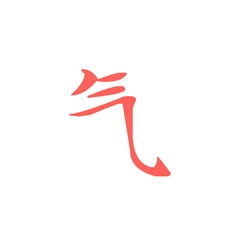
Qi is one of Chinese Medicine's vital subtances. Learn more about Qi in Chinese Medicine
Rebellious Qi
Pulse type(s): Wiry (Xian)
Tongue color: Normal (light red), Red sides
Symptoms: Nausea Asthma Belching Vomiting Coughing Diarrhea Insomnia Hiccuping Headaches Restlnessness
Su Zi Jiang Qi Tang is sometimes prescribed by TCM practitioners to treat Rebellious Qi. This pattern leads to symptoms such as hiccuping, belching, nausea and vomiting. Patients with Rebellious Qi typically exhibit wiry (Xian) pulses as well as a normal (light red), red sides tongue.
Rebellious Qi is an Excess/Full condition and it is another form of Qi Stagnation. In this case, Qi flows in the wrong direction from the normal physiological one for a given Organ or Channel.
The Organs whose Qi should descend are Stomach, Lungs, Heart, Small Intestine, Large Intestine, Kidneys... read more about Rebellious Qi

The Kidneys is a so-called "Zang" Organ. Learn more about the Kidneys in Chinese Medicine
Kidneys failing to receive Qi
Pulse type(s): Deep (Chen), Tight (Jin), Weak (Ruo)
Symptoms: Asthma Tinnitus Thin body Dizziness Cold limbs Weak breath Rapid breath Listlessness Chronic cough Lower back pain Clear urination Spontaneous sweating Swelling of the face Difficulty in inhaling Shortness of breath on exertion
Su Zi Jiang Qi Tang is sometimes prescribed by TCM practitioners to treat Kidneys failing to receive Qi. This pattern leads to symptoms such as shortness of breath on exertion, rapid breath, weak breath and difficulty in inhaling. Patients with Kidneys failing to receive Qi typically exhibit deep (Chen), tight (Jin) or weak (Ruo) pulses.
This pattern results from a dysfunction of the Kidneys' capacity to receive and hold Qi down. The Kidneys' role in the cycle of Qi is to receive Clean Air from the Lungs and holding it down so it combines with Grain Qi from the Spleen to form Gathering Qi.
When the Kidneys cannot receive and hold... read more about Kidneys failing to receive Qi
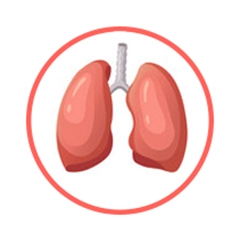
The Lungs is a so-called "Zang" Organ. Learn more about the Lungs in Chinese Medicine
Rebellious Lung Qi
Su Zi Jiang Qi Tang is sometimes prescribed by TCM practitioners to treat Rebellious Lung Qi. This pattern leads to symptoms such as coughing, asthma, nausea and vomiting.
The rebellious Lung Qi goes upwards instead of descending, thus the typical symptoms of coughing, asthma, chest oppression and distension.
When the pattern is caused by rebellions Liver Qi, typical symptoms are headache, dizziness and faint.
Rebellious Qi from the Stomach can also lead to this... read more about Rebellious Lung Qi
Formulas similar to Su Zi Jiang Qi Tang
Xiong Gui Er Chen Tang is 50% similar to Su Zi Jiang Qi Tang
Wu Ji San is 40% similar to Su Zi Jiang Qi Tang
Liu Jun Zi Tang is 38% similar to Su Zi Jiang Qi Tang
Er Chen Tang is 38% similar to Su Zi Jiang Qi Tang
Ban Xia Bai Zhu Tian Ma Tang is 38% similar to Su Zi Jiang Qi Tang
Wen Dan Tang is 38% similar to Su Zi Jiang Qi Tang


